Date
Publisher
arXiv
Educational chatbots come with a promise of interactive and personalized
learning experiences, yet their development has been limited by the restricted
free interaction capabilities of available platforms and the difficulty of
encoding knowledge in a suitable format. Recent advances in language learning
models with zero-shot learning capabilities, such as ChatGPT, suggest a new
possibility for developing educational chatbots using a prompt-based approach.
We present a case study with a simple system that enables mixed-turn chatbot
interactions and discuss the insights and preliminary guidelines obtained from
initial tests. We examine ChatGPT's ability to pursue multiple interconnected
learning objectives, adapt the educational activity to users' characteristics,
such as culture, age, and level of education, and its ability to use diverse
educational strategies and conversational styles. Although the results are
encouraging, challenges are posed by the limited history maintained for the
conversation and the highly structured form of responses by ChatGPT, as well as
their variability, which can lead to an unexpected switch of the chatbot's role
from a teacher to a therapist. We provide some initial guidelines to address
these issues and to facilitate the development of effective educational
chatbots.
What is the application?
Who is the user?
Who age?
Study design
